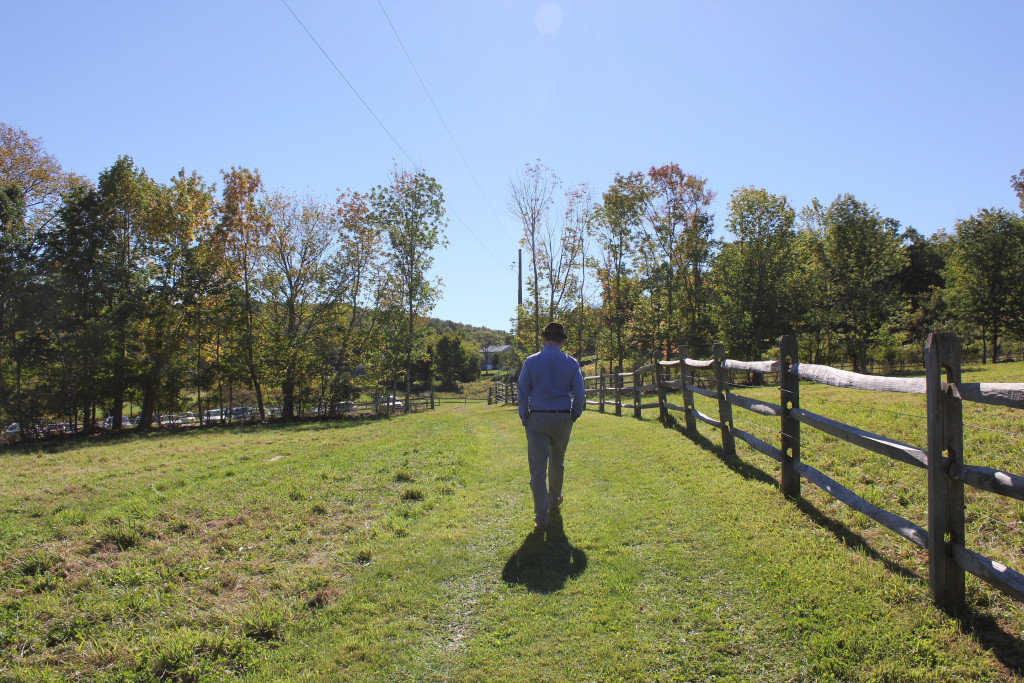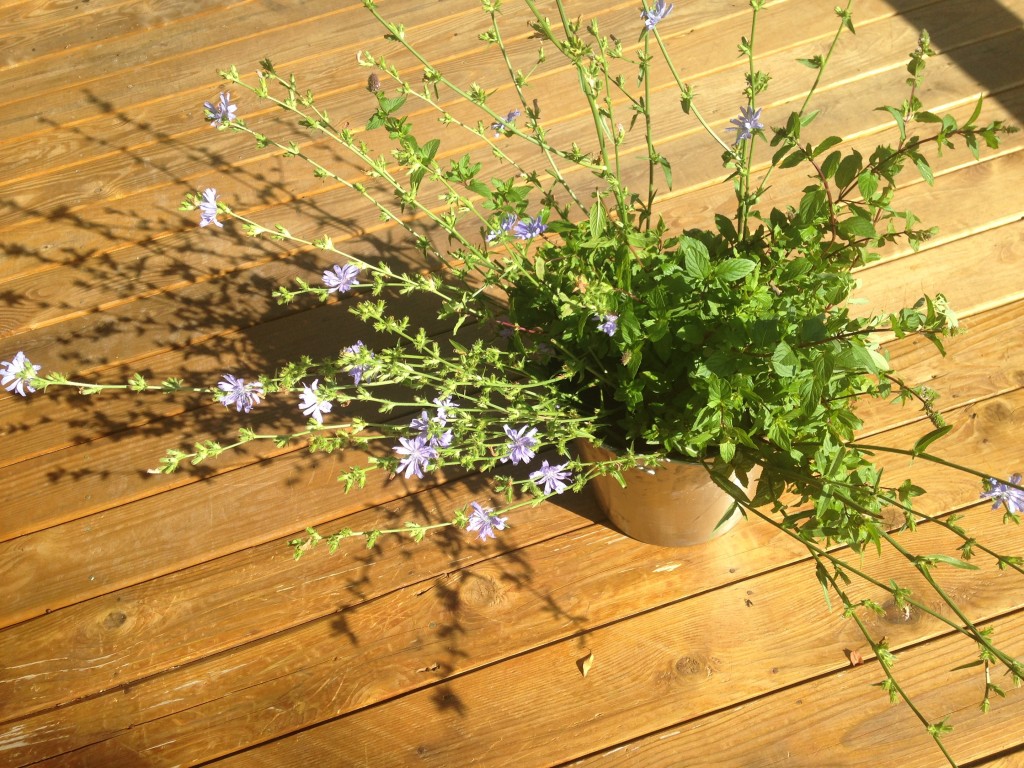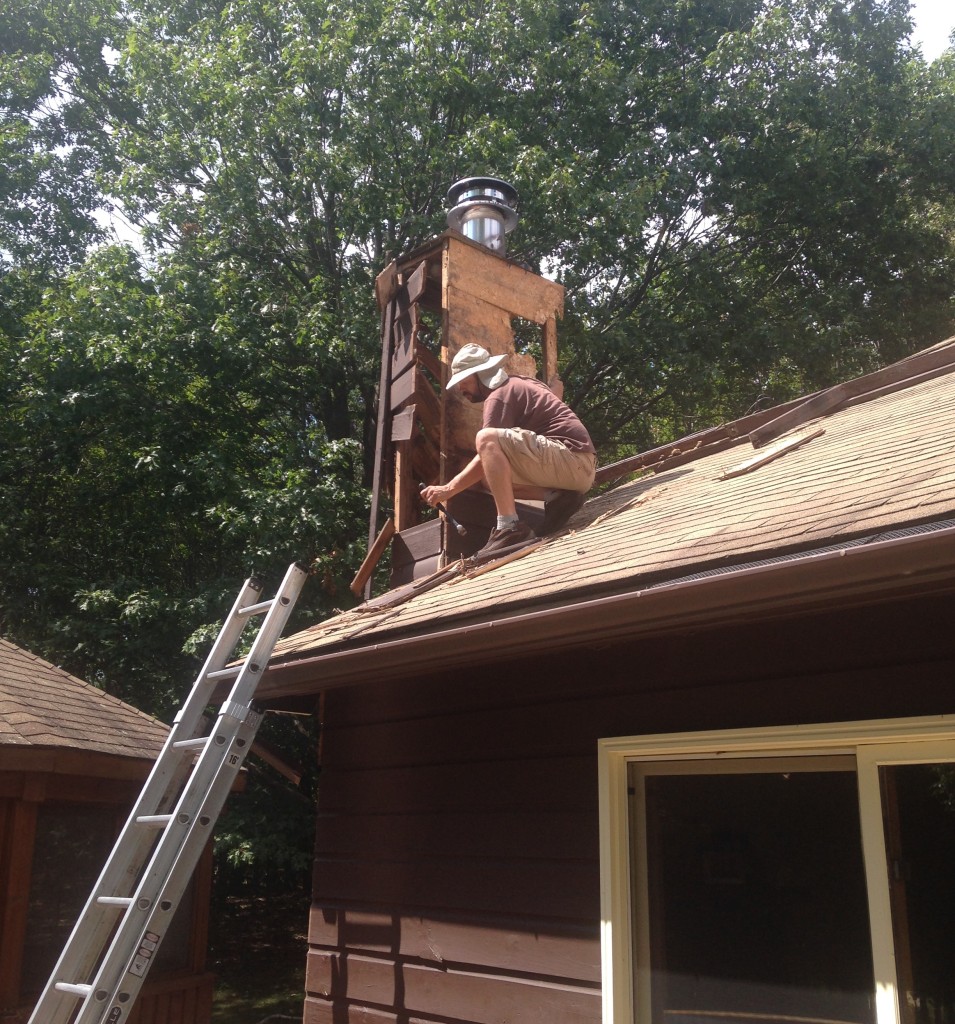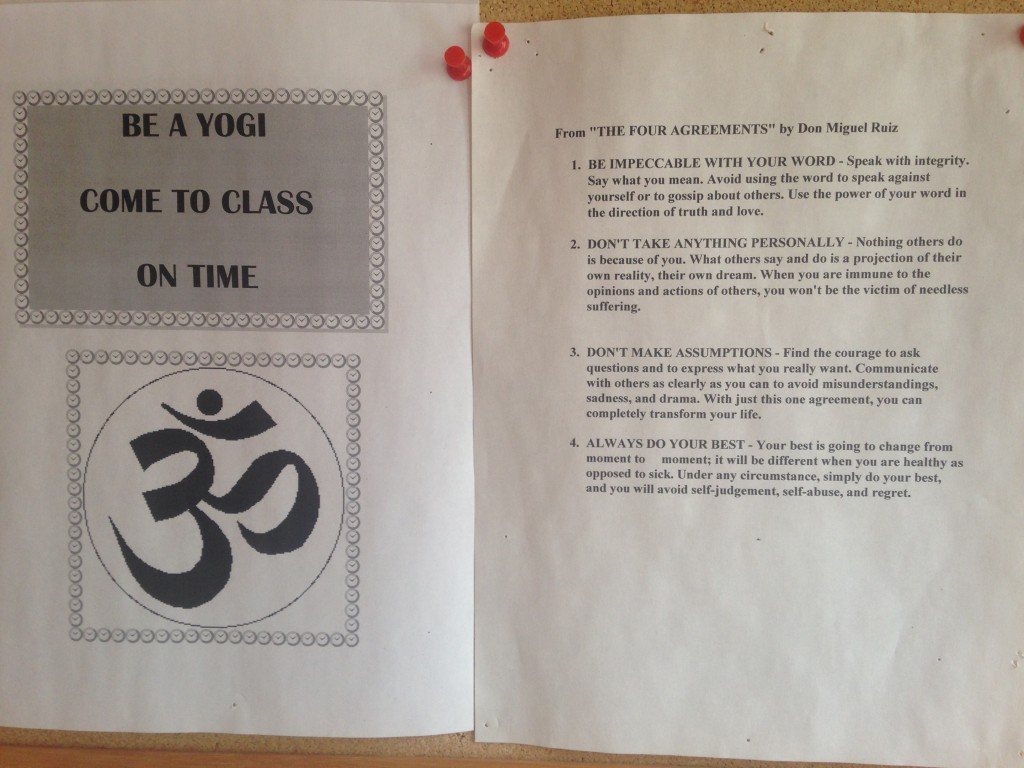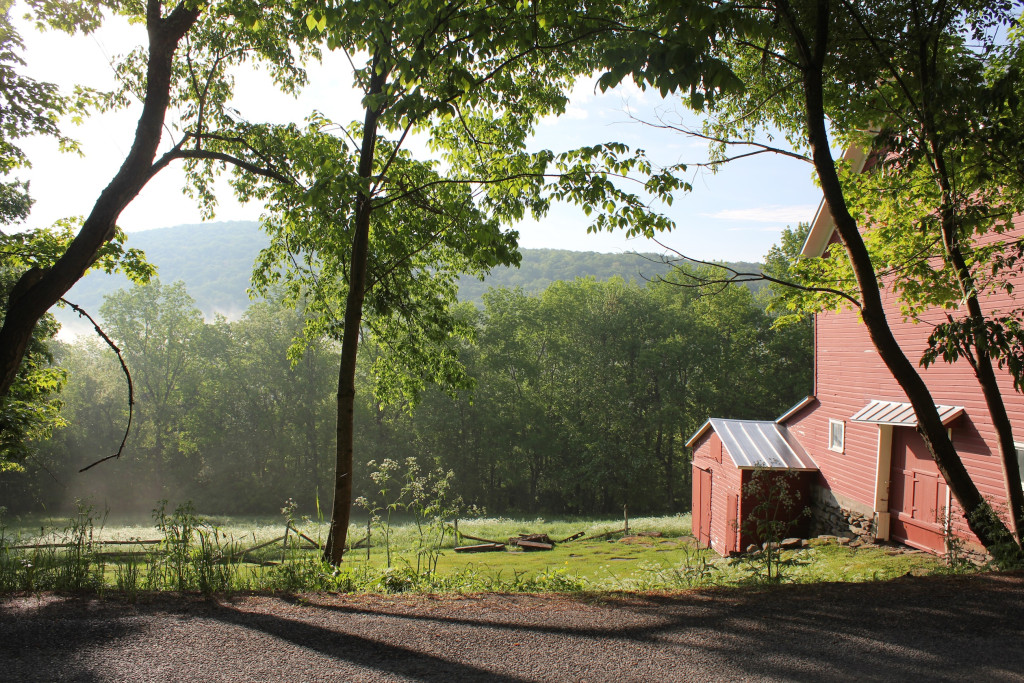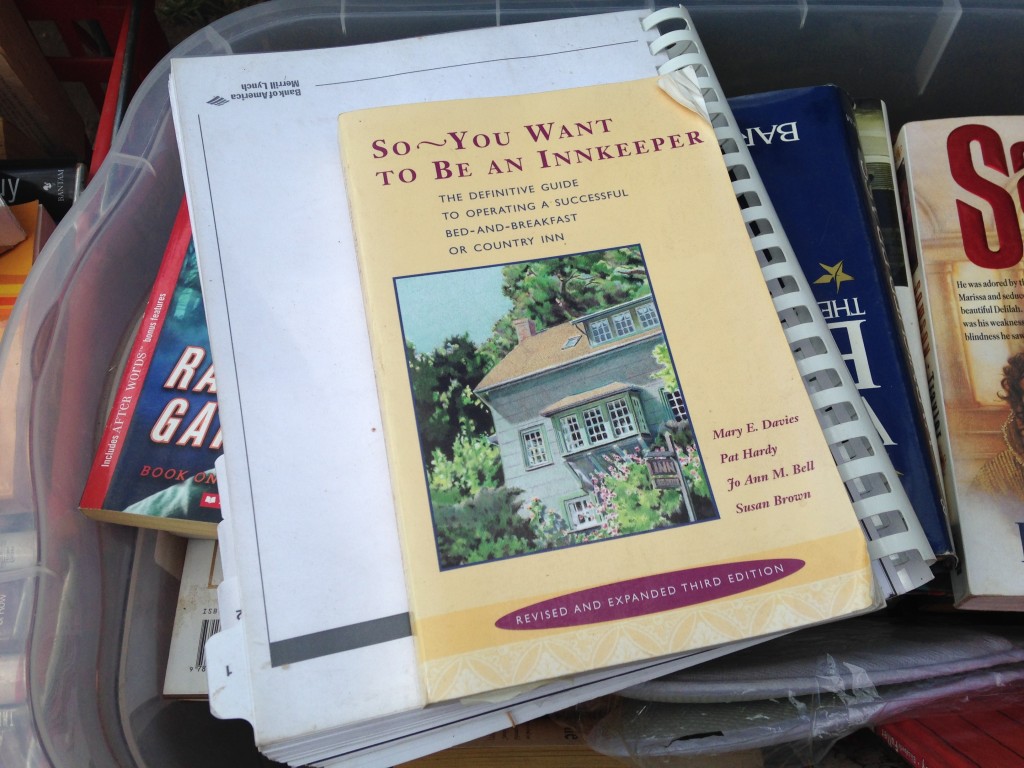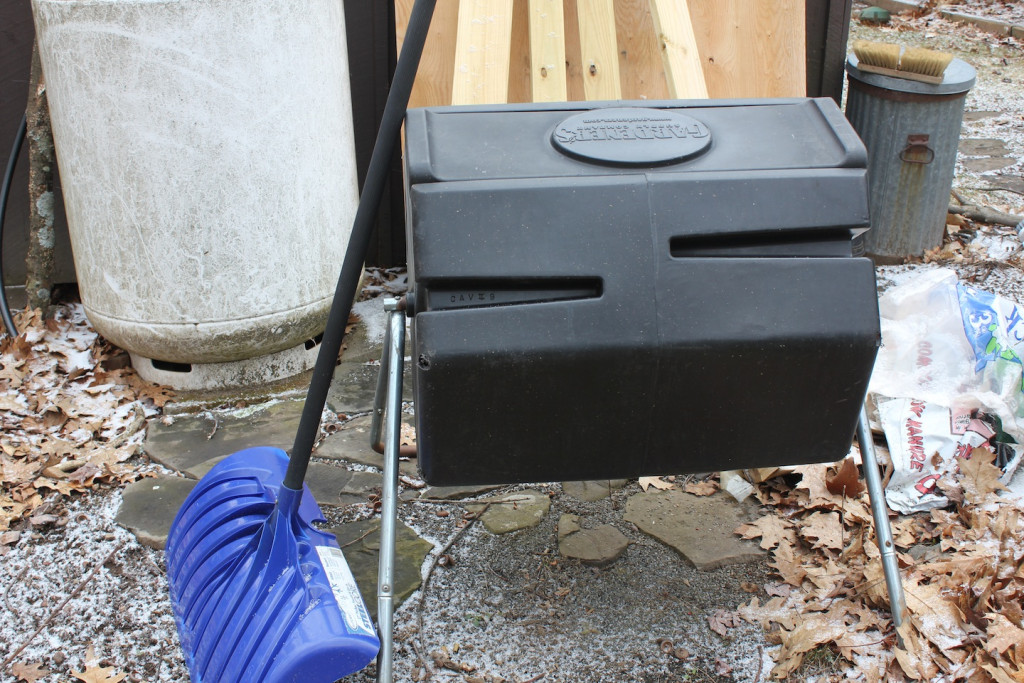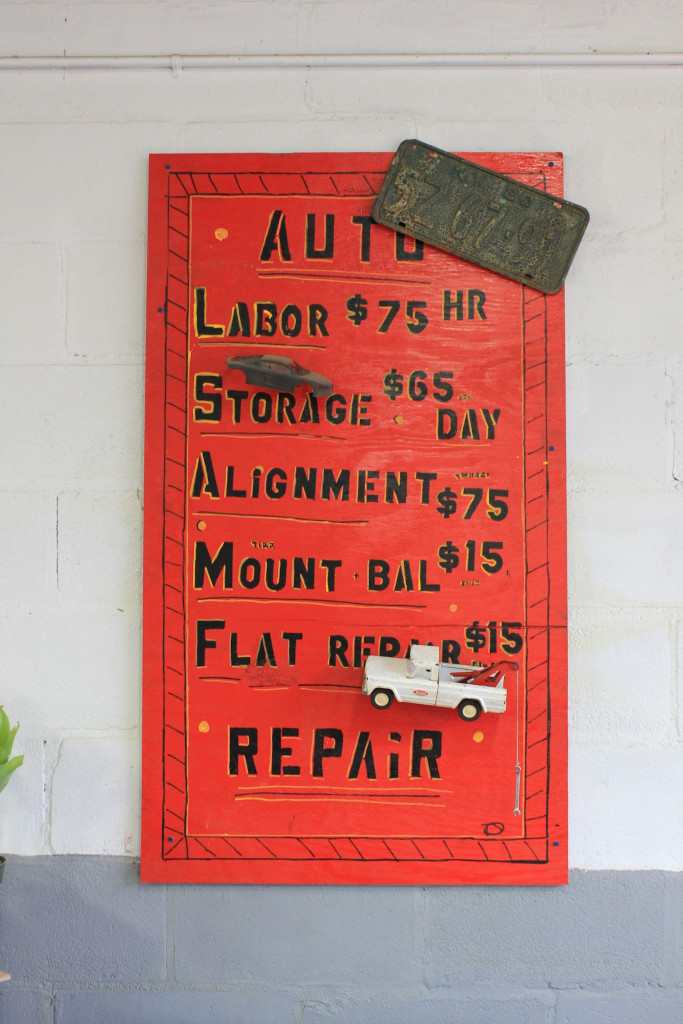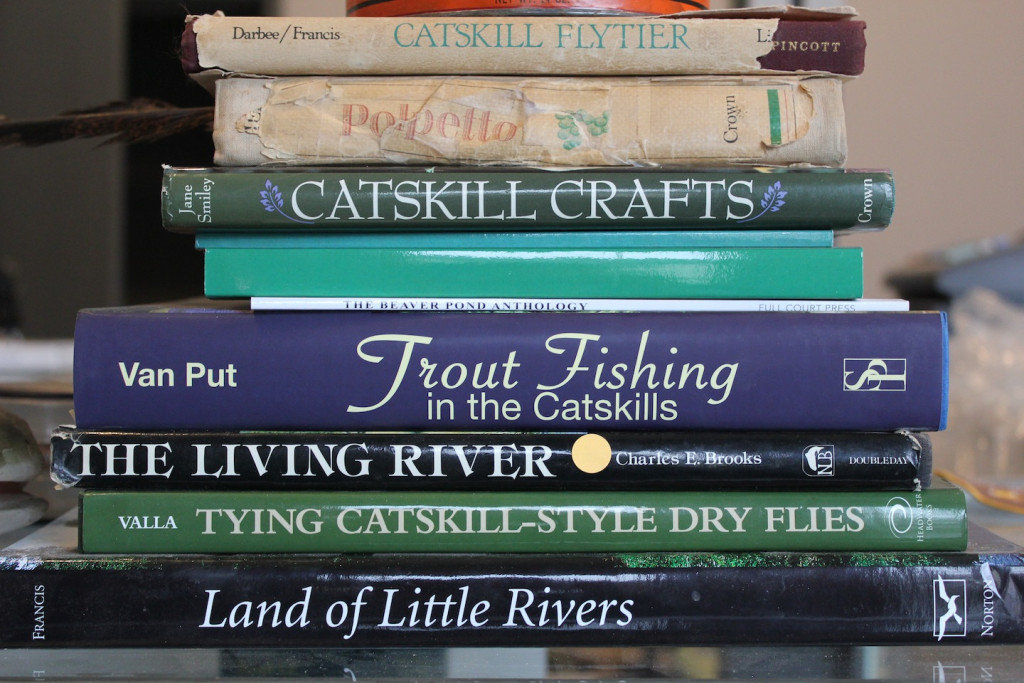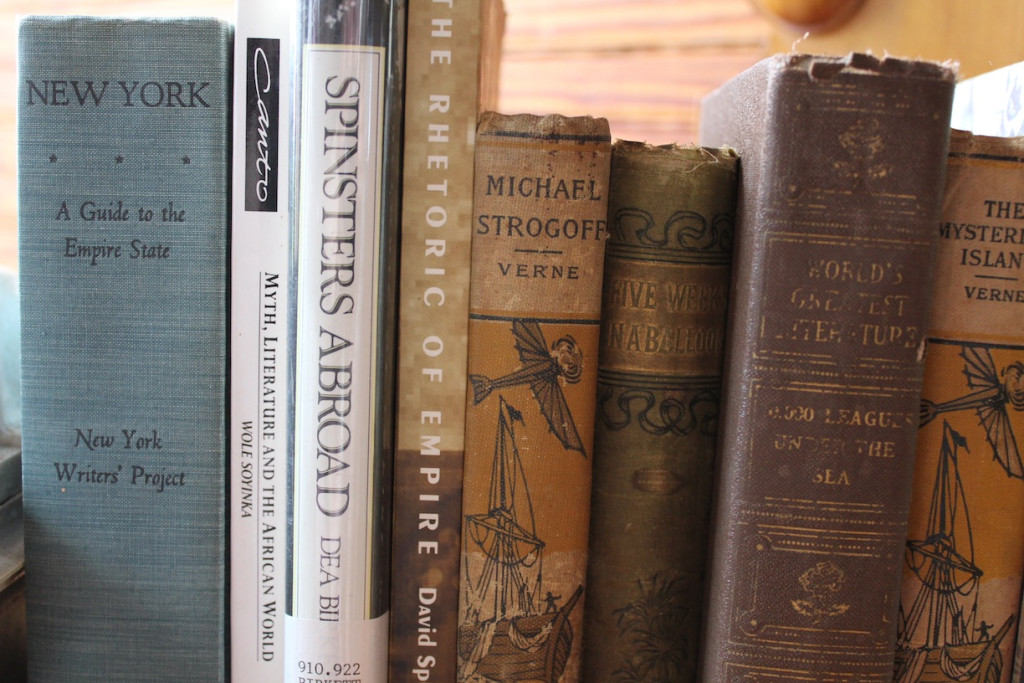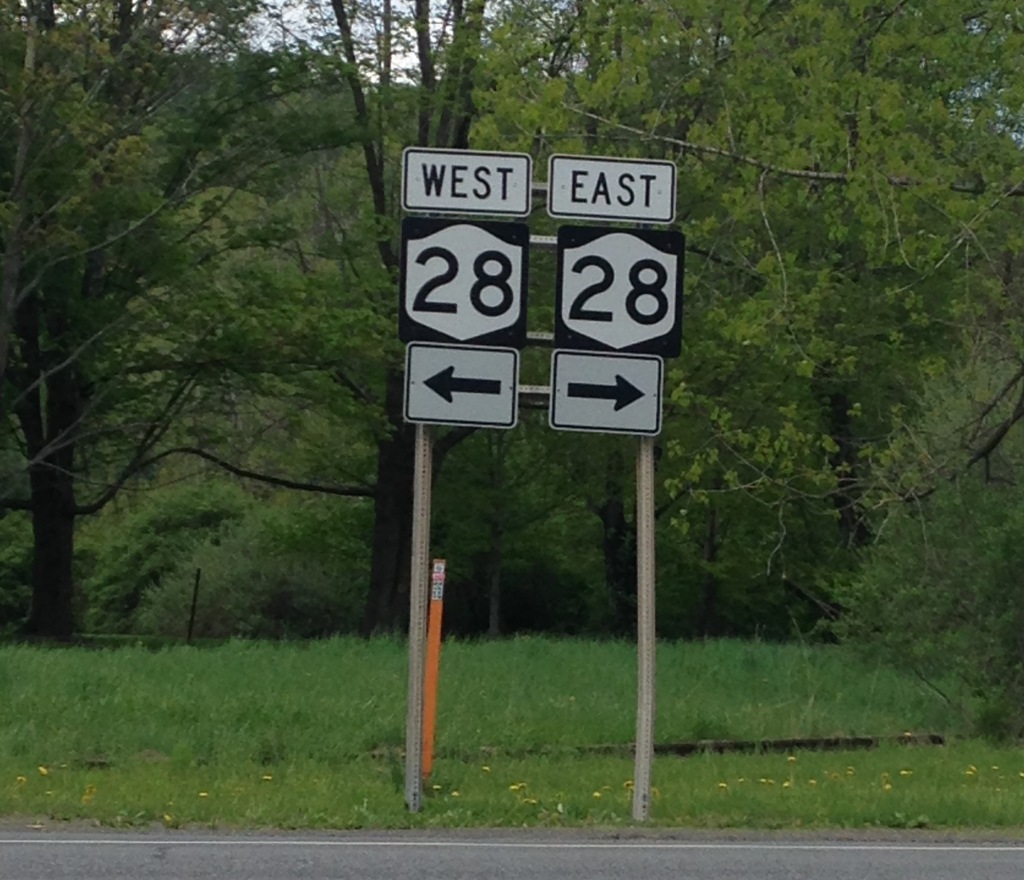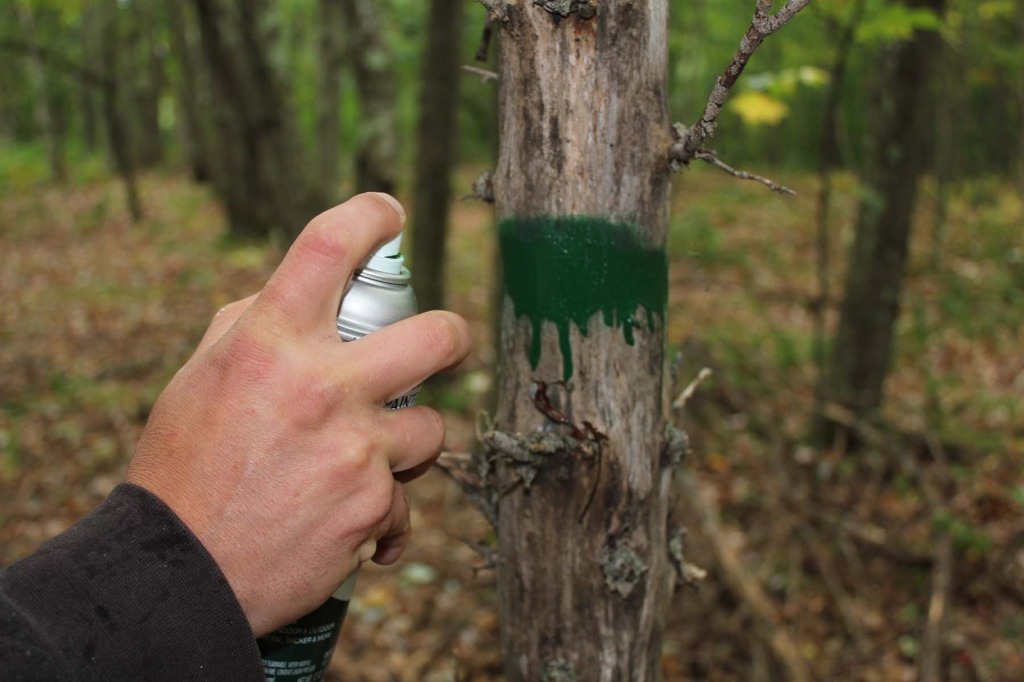I was honoured to have been invited to a friend’s wedding on Andes’ Willow Drey Farm over the weekend and spent a gorgeous late summer day catching up with neighbors in one of the most beautiful settings in the Catskills. (It’s technically still summer until the Autumnal Equinox on September 23rd.) I already have fearsome village envy over Andes and Willow Drey Farm is not helping. It’s a stunning 65 acres of big sky country farmland with rolling hills, a grain silo, barn, lake and old-style wooden fencing throughout. See my Daily Catskill pictures here.
Category Archives: Country Life
Emergency Foraging
Country life means throwing on the wellies, sprinting out of the house at 8am ahead of the town mower to save a patch of wild mint and chicory before it’s razed by the town’s enormous lateral road leveler. Their incredible new machine has an industrial rake on it and the monster takes out eight-feet-tall thistles like it’s plucking daisies.
Experienced foragers often say that roadside foraging should be avoided because of brake dust and ice-melting salt, but big buckets of mint make a natural air freshener for musty rooms and workshops. Last year, the slugs got the mint, but they didn’t this year. This summer was a banner year for chicory, which is all over the roadsides everywhere. Get it into water immediately otherwise it will quickly wilt and makes good freshly cut flowers in clear vases for guest bedrooms.
Do It Yourself: Siding for Beginners
Last year, our new neighbours told us they were quoted a price of $40,000 to replace their leaky siding and there was a lengthy pause in the conversation, more than one sigh and some sympathetic nodding. We also need new siding. So we all had a glass of wine or two and tried to forget about it but, last winter, squirrels took up residence in our chimney along with two swarms of bees, leaving too many gaping holes to ignore and soggy wood caused by the resultant leakage. A full chimney is also a fire hazard. So I asked the question: how hard would it be just to rip it off the siding and put on some more? We found out today. Well, my husband found out and I helped. Turns out if you do all of Jillian Michaels’ exercise DVDs, you will be sufficiently forceful with a hammer, but they won’t help you with your fear of heights. My next question, as I helped rip the chimney apart, was: how do the caterpillars get in there, behind the siding? And why do we build houses with particle board covered in paper? I mean, it wasn’t even real wood under there and some of it was rotten and had to be replaced.
Be a Yogi…
The Four Agreements by Miguel Ruiz found on the notice board in a local yoga studio. Words to live by…
Weekend Links: 06/13/15
Good news for Farm-to-Table in New York City. Lucky Dog in Hamden receives $40,000 in grant funding for its efforts. The link details some of the NYC restaurants that receive local produce. View the news release from the Delaware County Economic Development, a video by VeccVideography.
Farmers Almanac explains all those seed copters that are flying around this week.
Ever come to the country, been woken up by birdsong and wondered who was singing to you? Browse for birds by name and listen to their call from The Cornell Lab for Ornithology.
Travel the Milky Way on June 21st when Catskills Creameries open up their gates to the public.
The Farmers’ Museum in Cooperstown is due a visit.
Outdoor cinema in the Catskills looking for funding.
Yard Sales
Compost
If you have acreage, there’s no reason not to compost. Half of the topsoil on the planet has been lost in the last 150 years, according to the World Wildlife Fund, and it can be replenished with organic material like kitchen food scraps, peelings, dead leaves, tea bags and coffee grounds. Another astonishing statistic: the USDA reported in June 2013 that it estimates that food waste in America is 30 to 40% of the entire US food supply and it goes into landfill every year. Seattle recently made it the law to compost and, here in the Catskills you can have your food scraps taken away, but there’s no reason why you can’t just make the compost and throw it in your forest or on your garden. Nature consumes all.
Country Life: Signage
Bookshelves of the Catskills
Bookshelves of the Catskills
Side Note: Country Life
You’re walking your dog. You’re 100 feet away from your house and you’re hearing a low rumble.
“What’s that noise? What’s that noise?” you ask your dog. He looks at you riveted, with his head cocked to the side, thinking: “any minute now I’m going to suddenly understand what she’s saying”.
You walk slowly back your house, saying “is somebody having work done?l”
As you walk up to the front door, the noise gets louder… and you realize…it’s your hot water heater kicking on.
After a while, the fridge will wake you up at night and you will start needing earplugs like you did in the city.
Welcome.
Forest Management
If you’ve bought a parcel of land with forest, there are plenty of things you can do to maintain it. You can sell trees or use them for firewood.
If you have dead trees on your property, you can tell that they’re dead now by observing that they have no leaves. Before Autumn rolls around, right about now, you can go through your forest and paint the dead ones, so that when all the leaves are gone you have a reminder of which ones are dead. This gives you time over the winter to fell, chop and season the wood. (Only paint them green if you’ve run out of white spray paint and need to get the job done today.)
